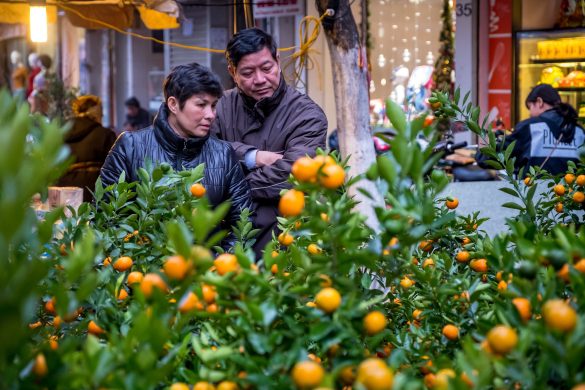So it should come as no surprise that jobs has been chosen as one of the central themes of the IDA-18 replenishment (genopfyldnings) round. This kicked off in Paris in March and continued in earnest during the recent Spring Meetings.
A bit of background on IDA Replenishment, which can seem a rather arcane process from the outside:
The International Development Association (IDA) is the part of the World Bank that helps the world’s poorest countries (77 countries during the IDA-17 period) by providing grants and credits on concessional terms for a wide range of projects to support poverty elimination and growth.
Funding for IDA comes from IDA member countries and needs to be replenished regularly. So every three years, we raise new funds – in IDA-17 FY (2015-18) this amounted to 51.9 billion US dollar.
Jobs, jobs, jobs….
Of course, no one contributes to a fund of that magnitude without having a clear idea of how this money will be used. One of the key ways that we articulate how funds will be used are the so-called Special Themes papers.
These papers outline priority issues and the approaches IDA proposes to address them. In IDA-17, these themes included ‘Gender’, ‘Climate Change’, ‘Fragility, Conflict, and Violence’, and ‘Inclusive Growth’.
What is new in IDA-18? Jobs – specifically the replacement of the ‘Inclusive Growth’ theme with one on ‘Jobs and Economic Transformation’.
But while the interest in jobs may seem obvious, it is important to be clear about what exactly we mean by the jobs agenda in IDA countries. Sitting here in the (World Banks) Jobs Group, we think about jobs along three dimensions:
it is not just the number of jobs created (‘more’), but also the quality of new and existing jobs (‘more productive’ or ‘better’) and who gets access to them (‘inclusive’).
In the IDA context, it turns out that ‘more jobs’ is just a small part of the story.
Jobs, der virkelig rykker og andre, der ikke gør
Unemployment in IDA countries is actually substantially lower than in middle income and high income countries (Figure 1 below).
This is perhaps also not surprising – in the absence of significant safety nets, few people in most IDA countries can afford not to work.
But the opportunities for earnings are often limited to local marketing of surplus farming outputs or ad hoc activities in the informal services sector, where earnings are low and volatile.
So, the issue in IDA countries is really about ‘better’ jobs, with higher, more predictable earnings, and better working conditions.
Figure 1
Læs videre på
http://blogs.worldbank.org/jobs/jobs-and-economic-transformation-ida-countries














